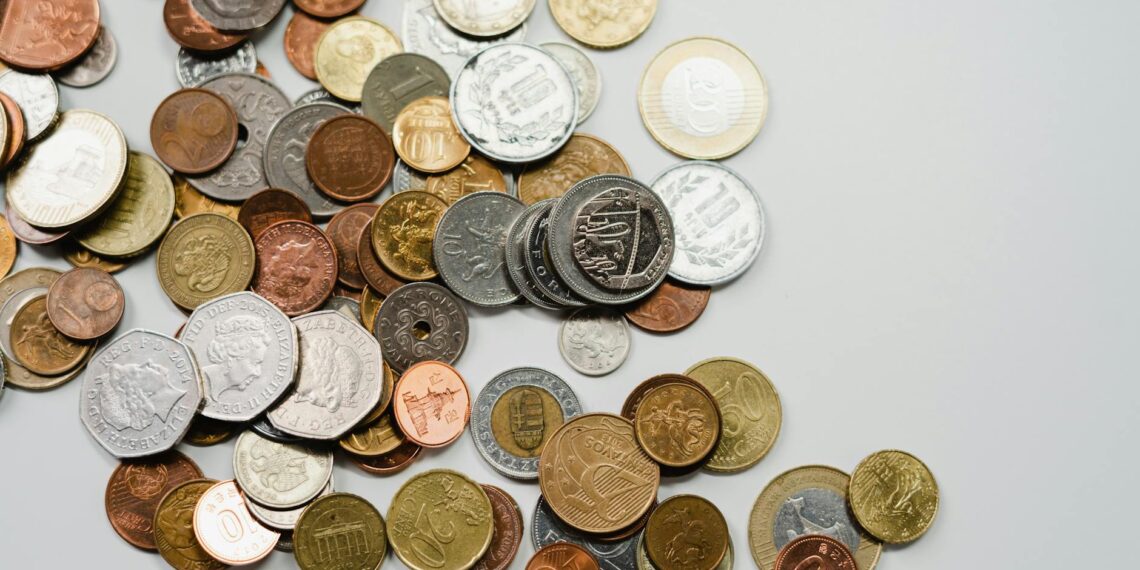Sacagawea, the Shoshone woman who assisted the Lewis and Clark expedition, is featured on the Sacagawea Golden Dollar coin.
Here’s some information about the coin:
- Obverse (heads side): Designed by Glenna Goodacre, it depicts Sacagawea in a three-quarter profile, carrying her infant son Jean Baptiste on her back.
- Reverse (tails side): The initial design, by Thomas D. Rogers, featured a soaring eagle. In 2009, this transitioned to the Native American $1 Coin Program, retaining Sacagawea on the obverse while the reverse changes each year to honor different Native American contributions and history.
- Composition: The coins are made of a manganese-brass alloy, giving them their distinctive golden color.
- Distinctive features: Unlike other coins, the Sacagawea Dollar has a smooth edge (from 2000-2008), which later transitioned to a lettered edge in 2009 for the Native American series.
While most Sacagawea Dollars in circulation are worth their face value ($1), some rare error coins can be highly valuable to collectors. Examples include:
- 2000-P “Cheerios” Dollars: These were distributed in special cereal boxes and are recognized by the detailed tail feather design on the eagle.
- 2000-P Wounded Eagle: This variety features a die flaw that appears as a line through the eagle’s breast.
- “Mule” errors: Some rare coins have been found with the Sacagawea obverse combined with the reverse of a different coin, such as a state quarter. These are especially rare and valuable.
In conclusion, the Sacagawea dollar coin is a fascinating piece of American numismatic history, celebrating the important contributions of Sacagawea and Native Americans in general.











Was Sacagawea ever on a coin?
Good point! The U.S. Mint issued the Sacagawea Golden Dollar from 2000 to 2008. It was the first dollar made with an outer layer of manganese brass, giving it a golden color. The obverse design features Sacagawea and the reverse depicts a soaring eagle.